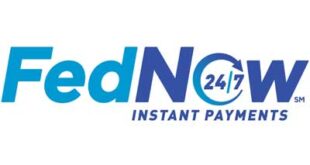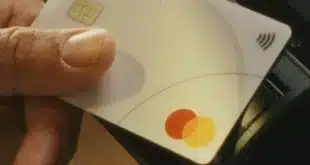By Jim Daly
@DTPaymentNews
Mobile payments now account for 25% of transactions at Starbucks Corp.’s U.S. locations, up from 20% a year ago, but a recent 1% decline in transactions had Starbucks executives fielding questions from analysts Thursday about what caused the slippage.
Nothing to worry about, folks, was the message the brass tried to convey at the Seattle-based coffee giant’s conference call to review results for fiscal 2016’s fourth quarter ended Oct. 2. The decline, according to company president and chief operating officer Kevin Johnson, was the result of customers consolidating formerly separate orders onto one ticket in order to take advantage of the restructuring of Starbucks’ loyalty program “rather than an actual decline in traffic in our stores,” he said.
Under the new My Starbucks Rewards plan that took effect in April, customers earn more “stars” based on the value of their orders, not the number of purchases they make as under the old plan. That change prompted some customers, including groups of people, to put formerly separate purchases onto one ticket paid by a rewards plan member.
Despite explaining that nuance and even though Starbucks reported a 4% increase in same-store U.S. sales and 6% growth in average tickets, Johnson and Matthew Ryan, executive vice president and global chief strategy officer, faced several more queries about transaction drop-off and the loyalty program. One analyst wondered why mobile payments, even though they were up 5 percentage points from 2015’s last quarter, hadn’t increased their share from the third quarter. The loyalty program change accounted for part of that, Ryan said.
Another analyst observed that, based on his conversations with family and friends, only a small number of Starbucks customers actually belong to My Starbucks Rewards. As of the third quarter, the program had 12.3 million active U.S. members, and membership was up 18% in the fourth quarter. But Ryan indicated the program still has plenty of upside. “We know that very few of our customers, relatively speaking, have become members, and that to us represents an enormous opportunity moving forward,” he said.
Ryan predicted that the program will grow as customers get familiar with the new plan and Starbucks adds new features. He also said that Starbucks saw no attrition in so-called “disadvantaged people” during the rewards program conversion. In this context, the disadvantaged are those customers who will earn rewards more slowly than they did in the past, typically those who are relatively infrequent, low-ticket Starbucks visitors.
Including the 25% share from mobile devices, some 33% of Starbucks’ U.S. tender now comes from the Starbucks mobile app and closed-loop prepaid cards registered for My Starbucks Rewards. Unregistered prepaid cards account for another 5% of tender. Mobile Order & Pay, a pay-ahead service through the mobile app, now accounts for 6% of transactions.
Starbucks reported net income of $801 million in the fourth quarter, a 23% increase from $652.5 million a year earlier, on $5.71 billion in revenues, up 16% from $4.91 billion.




